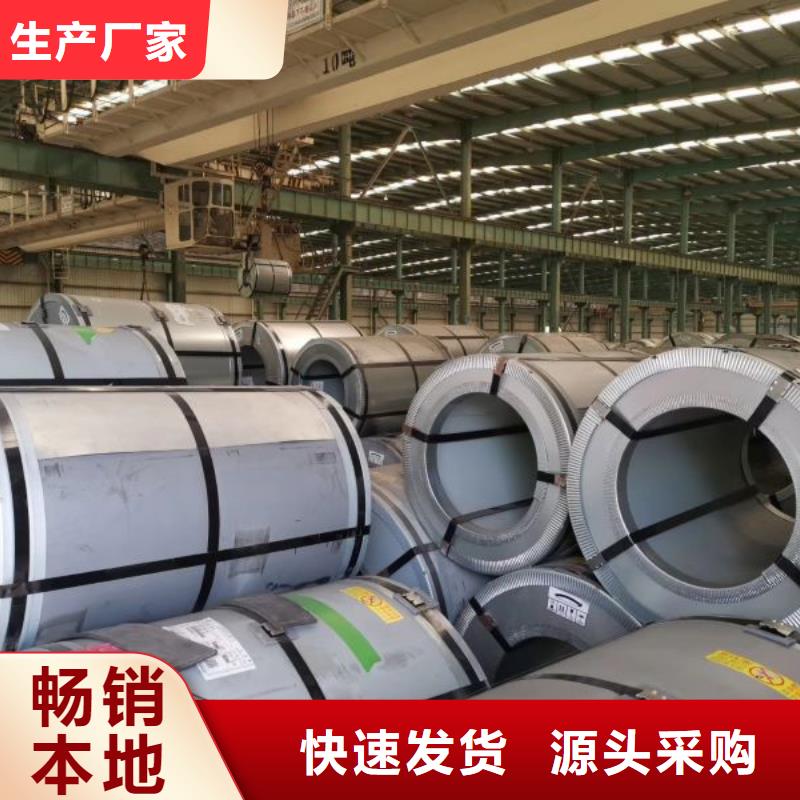B25AH230 0.25*1200电工钢产品的真实面貌,远比文字描述来得丰富和生动。点击观看我们的视频,让产品自己为您讲述它的故事。
以下是:B25AH230 0.25*1200电工钢的图文介绍
鹿程国际贸易有限公司全体员工以严谨求实的工作态度及诚信可靠的服务理念为客户提供 江西萍乡汽车大梁钢产品。 目前公司正以“科技强兵,质量强企”的指导思想研发更多 江西萍乡汽车大梁钢系列产品,公司以为客户提供各种型号与价位的多层次销售策略为思想,获得新老客户的认可,您的信任是我们不竭的进步动力。鹿程国际贸易有限公司将以优良的 江西萍乡汽车大梁钢产品与服务答谢新老客户。
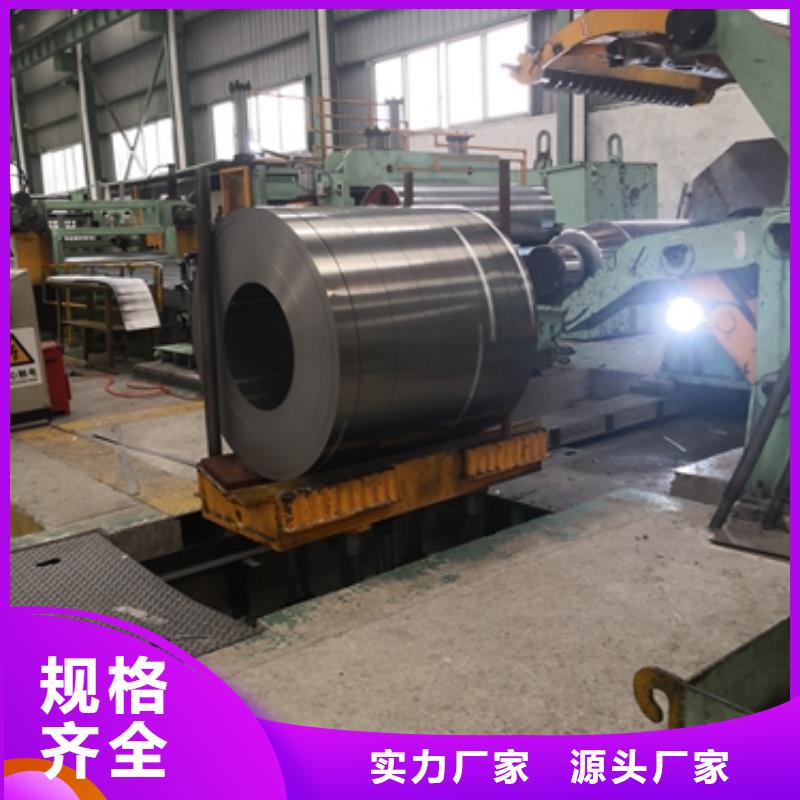
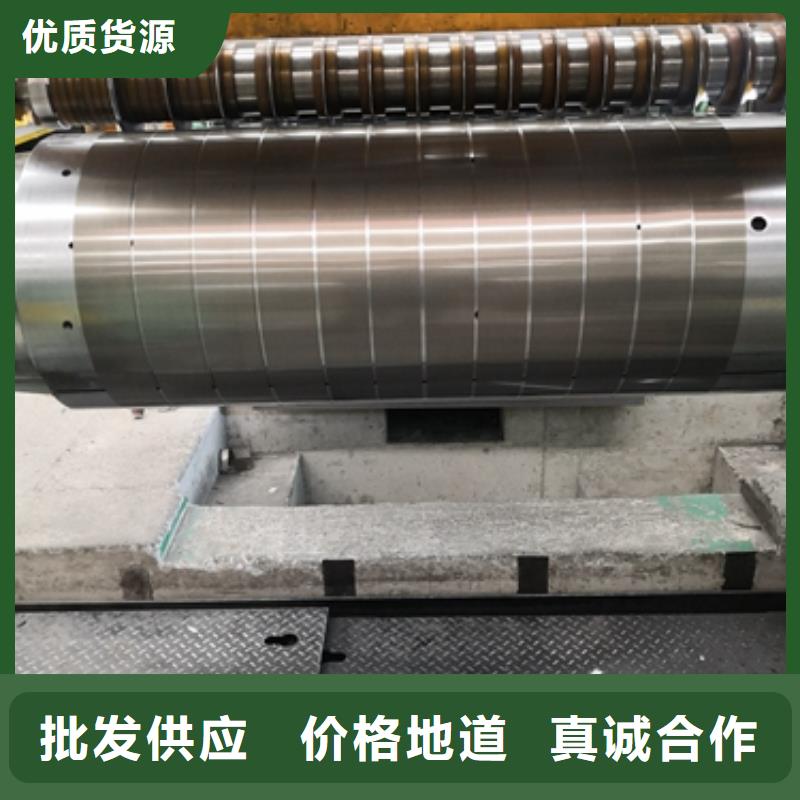
电工钢硅钢片绝缘涂层的分类和代号绝缘涂层的分类和代号应符合表2的规定。表 2 绝缘涂层的分类和代号绝缘涂层种类 代号 特征半有机薄涂层 A 改善冲片性,并有良好的焊接性半有机厚涂层 H 冲片性好,层间电阻高半有机无铬薄涂层 K 涂层中不含铬,具有良好的焊接性半有机无铬厚涂层 M 涂层中不含铬,具有良好的绝缘性能半有机无铬极厚涂层 J 涂层中不含铬,具有极好的绝缘性能半有机无铬超厚涂层 L 涂层中不含铬,具有极高的绝缘性能自粘接涂层 Z 涂层中不含铬,固化后具有良好的粘接性能,铁心固定强度大6 一般要求6.1 生产工艺产品的生产工艺和化学成分由制造方决定。6.2 供货形式6.2.1 产品以卷供货,简称钢卷。钢卷的重量应符合订货要求,卷重一般3~10 吨,特殊卷重应在订货时协商并在合同中注明。6.2.2 钢卷通常以切边状态交货。用户有特殊要求时,应在订货时协商并在合同中注明。6.2.3 钢卷内径应在 500mm~520mm 范围内,钢卷内径为 508mm。6.2.4 钢卷应由同一宽度的钢带连续、江西萍乡紧密卷绕,卷的侧面应尽量平直,自重下不塌卷。6.3 交货状态钢带以终退火并两面涂敷绝缘涂层的状态交货。
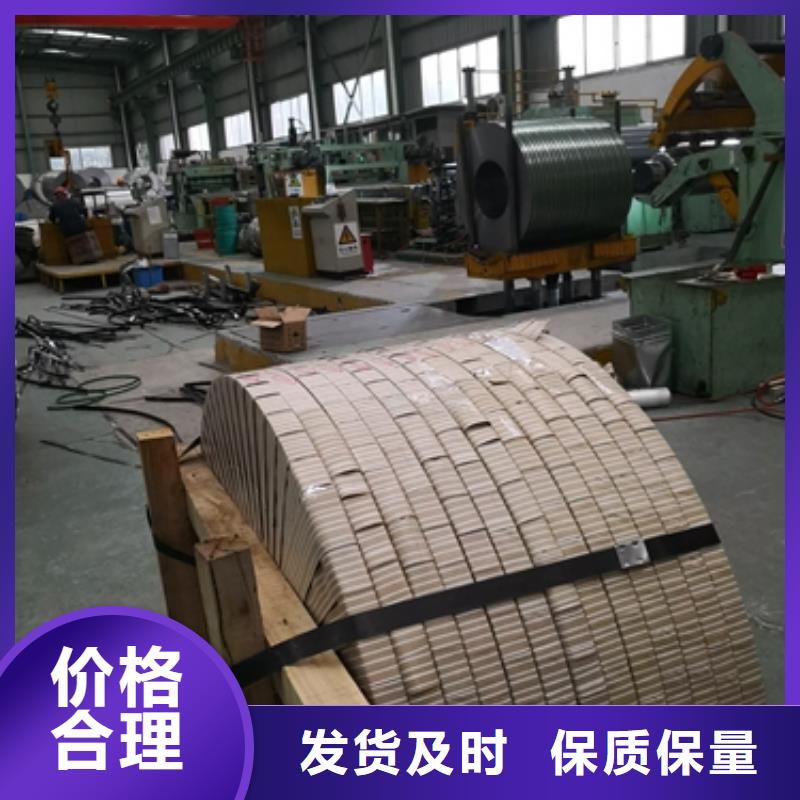
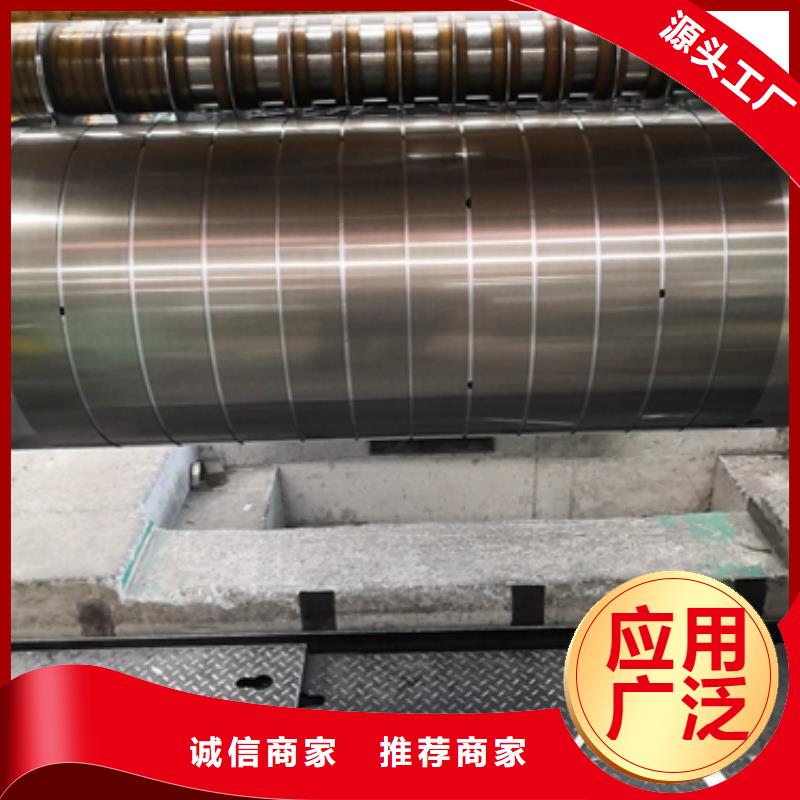
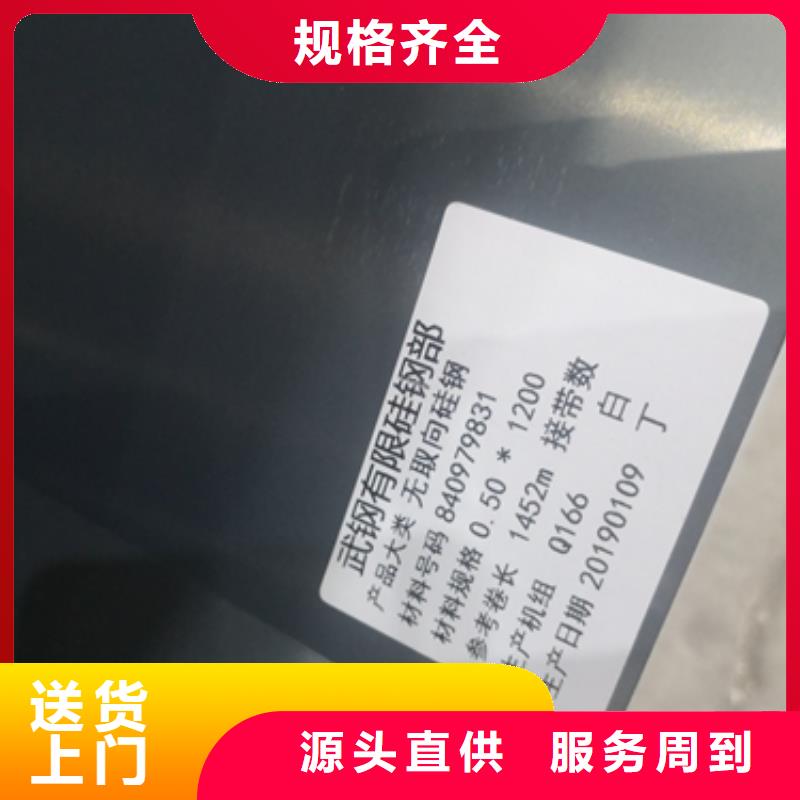
电工钢硅钢片 电工钢亦称硅钢片,是电力、江西萍乡附近电子和军事工业不可缺少的金属材料,亦是产量 的功能性材料,主要用作各种电机、江西萍乡附近发电机和变压器的铁芯。比总损耗(铁损) specific total loss (iron loss)比总损耗是在磁极化波形保持正弦,其峰值和频率为特定值时,单位质量材料所消耗的总功率,比总损耗用符号 P(Jm/f)表示,单位为 W/kg。例:P1.5/50表示在 磁极化强度为 1.5T、江西萍乡本地频率为 50Hz 时的比总损耗。3.2 磁极化强度 magnetic polarizationQ/BQB 480-20212磁极化强度是指试样受交变磁化时,特定磁场强度峰值的磁极化强度峰值,其符号为J(H),单位为 T(特斯拉)。例:J5000表示对应于磁场强度峰值为 5000A/m 下的磁极化强度峰值。4 分类本文件的材料的等级是根据磁极化强度在1.5T、江西萍乡本地频率在50Hz下的 比总损耗名义值P1.5/50(W/kg)、江西萍乡本地材料公称厚度进行牌号分类
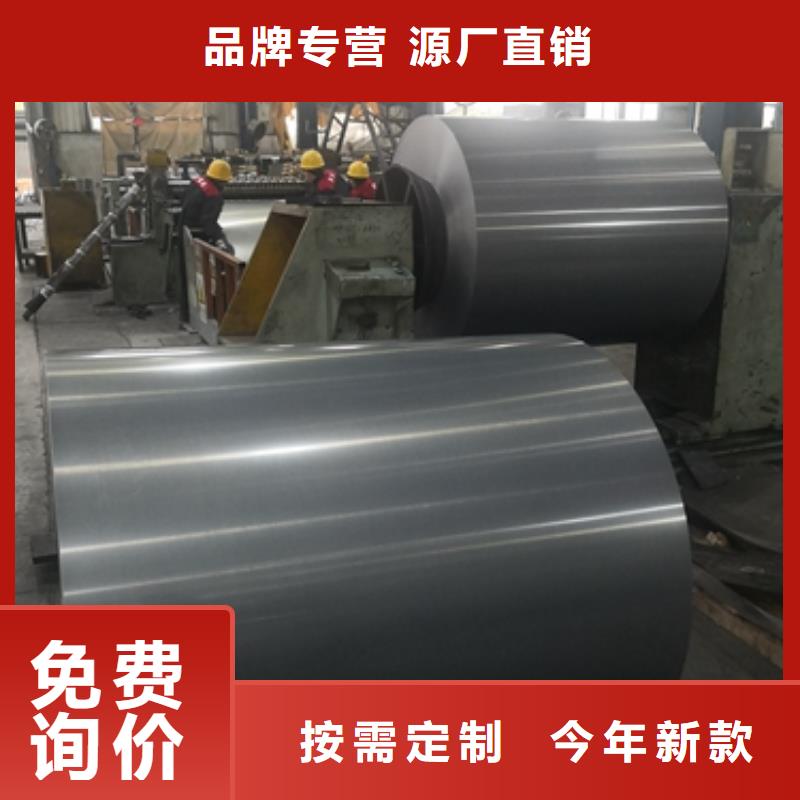
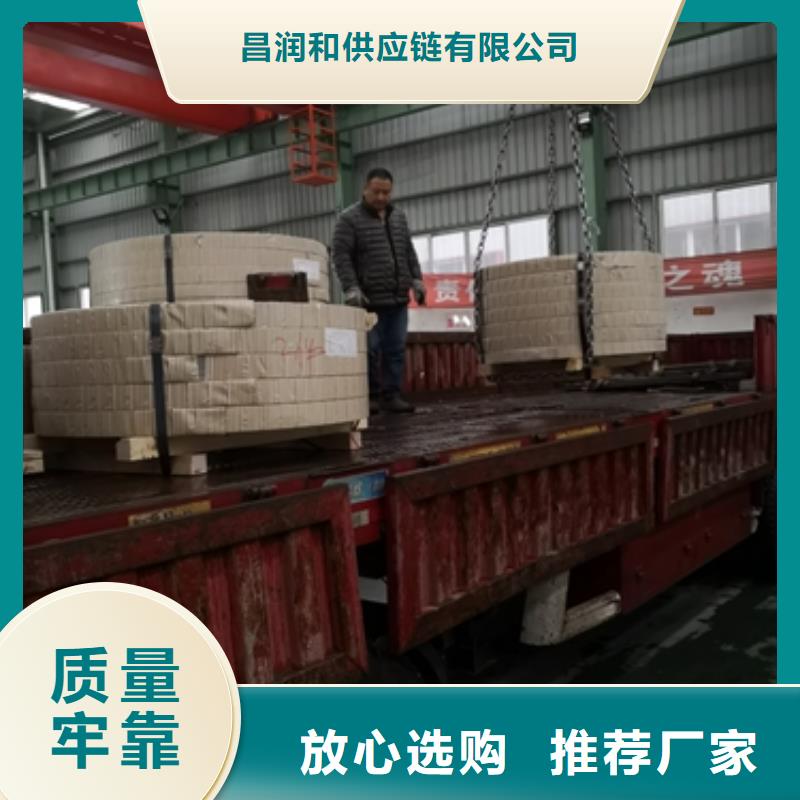
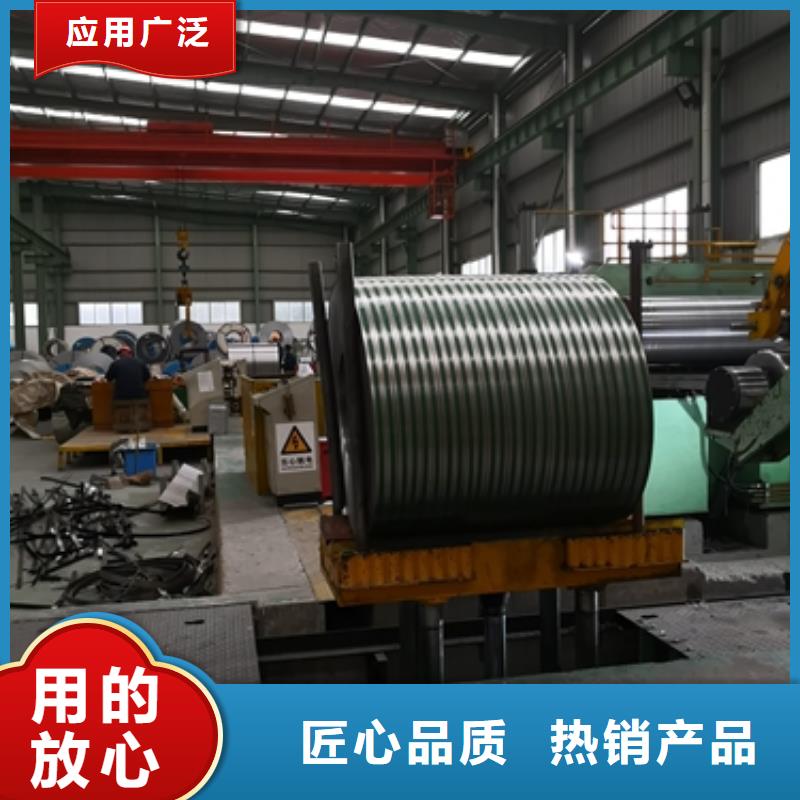
电工钢硅钢片硅钢是一种硅铁合金。用硅钢轧制的片材是电工领域中应用广的软磁材料,因而硅钢片又称电工钢片。硅钢片广泛用于电动机、发电机、变压器、扼流圈、电磁机构、继电器及测量仪表中电机工业大量使用厚度为0.35~0.50mm的硅钢片,用于:中型旋转机,压缩电机,通用马达,小型精密电机,电动汽车,压缩机,通用电机,电源变压器,精密变压器,节能电机,焊机变压器,稳压器,磁性密封器,加速器用电磁铁,汽车电机等;在电信高频技术中常用0.05~0.20mm的薄带钢片,以便更有效地降低涡流损耗。热轧硅钢片厚度为0.35~0.50mm,密度为7.55~7.70g/cm3,多用于大、中、小型交、直流电动机;冷轧无取向硅钢片厚度为0.35~0.50mm,密度为7.65~7.75g/cm3,多用于大型交流发电机、电动机,大、中、小型交、直流电动机;冷轧取向硅钢片厚度为0.23mm 0.27mm 0.3mm 0.35mm,密度为7.65g/cm3,多用于电力变压器、油浸式变压器,干式变压器,电抗器、磁放大器等;冷轧取向薄带厚度为0.05~0.20mm,多用于无线电高频变压器。
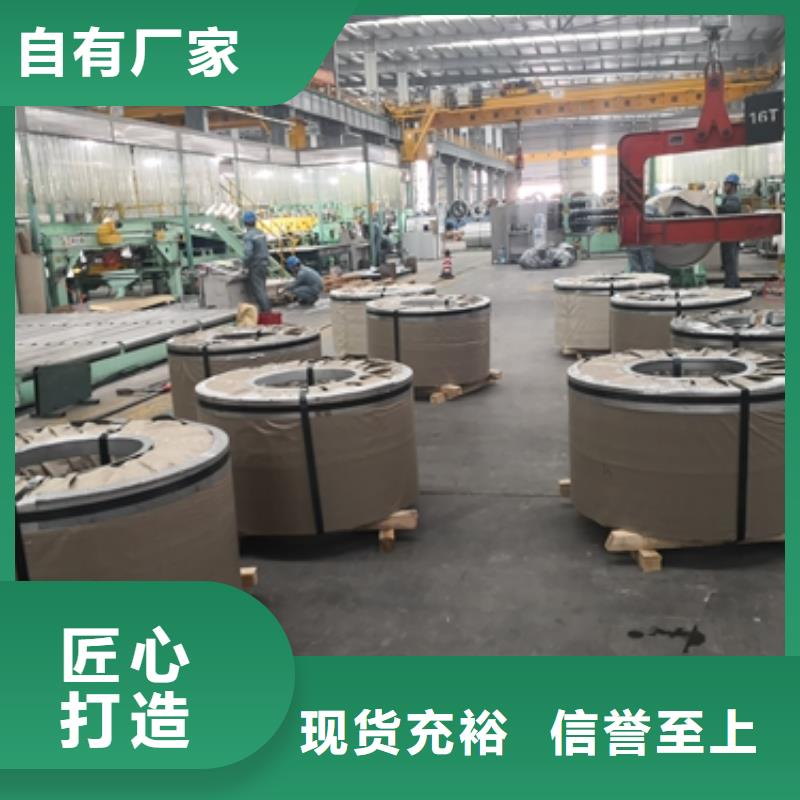


电工钢硅钢片Electrical steel, also known as silicon steel sheet, is an indispensable metal material in the power, electronics, and military industries, and is also the largest functional material in production. It is mainly used as the iron core for various motors, generators, and transformers. Since it is a functional material, its performance testing also revolves around "function". These indicators are often mentioned in trade and processing processes, and a brief understanding can help everyone better carry out their work. The performance testing of electrical steel mainly includes the following aspects: magnetic inspection, stacking coefficient inspection, coating adhesion inspection, repeated bending inspection, size and shape surface inspection, and conventional mechanical property inspection. In addition to the types of products listed above, there are also some special purpose electrical steel plates, such as 0.15 and 0.20mm thick 3% Si cold-rolled non oriented silicon steel strips and 0.025, 0.05, and 0.1mm thick 3% Si cold-rolled oriented silicon steel strips, which are used as intermediate and intermediate grade High frequency motors and transformers, as well as pulse transformers, etc; 0.7mm thick 3% Si high-strength cold-rolled non oriented silicon steel plate for relays and power switches; High strength cold-rolled electrical steel plate for new high-speed motor rotors; Low carbon electrical steel hot-rolled thick and cold-rolled plates for magnetic shielding and high-energy accelerator electromagnets such as medical magnetic resonance tomography scanners; 4.5% to 6.5% Si high silicon steel plates for high-frequency motors, transformers, and magnetic shielding.
Generally, motors, transformers, and other electrical components are required to have high efficiency, low power consumption, small size, and light weight. Electrical steel plates are usually guaranteed to have magnetic properties based on core loss and magnetic induction strength. Magnetic induction strength is the number of magnetic lines passing through a unit cross-sectional area of the iron core, also known as magnetic flux density. It represents the material‘s magnetization ability, measured in T. The magnetic induction strength of electrical steel plates is high, and the excitation current (also known as no-load current) of the iron core is reduced. Copper and iron losses are also reduced, which can save electrical energy. When the power of the motor and transformer remains constant, the magnetic induction intensity is high, and the design Bm can be increased. The cross-sectional area of the iron core can be reduced, which reduces the volume and weight of the iron core, and saves the amount of electrical steel plates, wires, insulation materials, and structural materials used. This can reduce the total loss and manufacturing cost of the motor and transformer, and is beneficial for the manufacturing, installation, and transportation of large transformers and motors. The main requirements for the performance of silicon steel are:
1. Low iron loss is the most important indicator of the quality of silicon steel sheets. Various countries classify grades based on iron loss values, with the lower the iron loss, the higher the grade.
2. Under strong magnetic fields, the magnetic induction intensity (magnetic induction) is high, which reduces the volume and weight of the iron core of the motor and transformer, saving silicon steel sheets, copper wires, and insulation materials.
3. The surface is smooth, flat, and the thickness is uniform, which can improve the filling coefficient of the iron core.
4. Good lamination performance is more important for manufacturing micro and small electric motors.
5. The adhesion and weldability of the surface insulation film are good, which can prevent corrosion and improve the punching performan

